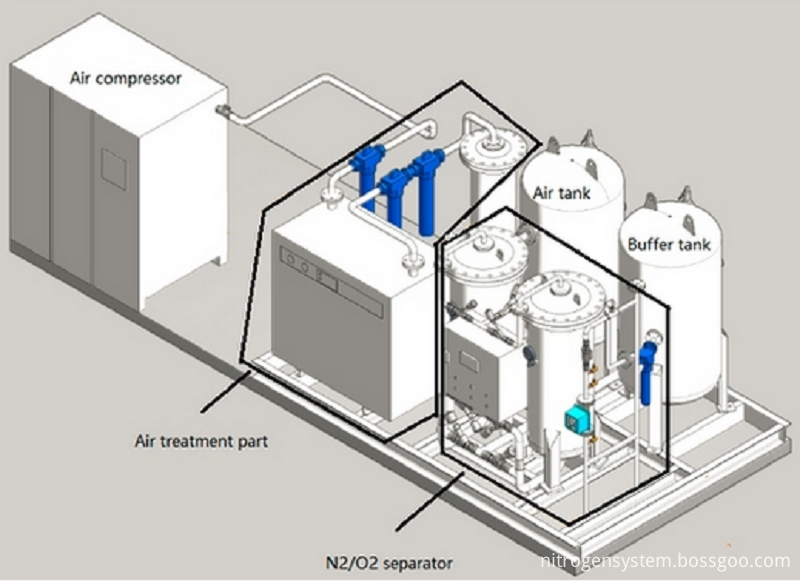Oxygen concentrator is used to separate oxygen from air. It adopts the current world's advanced transformation absorption (PSA) principle. PSA technology makes this machine able to separate and collect oxygen from air. Whole system include Air Compressor, air treatment part, air tank and oxygen buffer tank, and the key part, oxygen separator.

Features:
Low purity alarm system;Unqualified oxygen automatic discharge system;
Optional remote control;
Flow rate, purity and outlet pressure online display;
Fully automatic operation;
Oxygen Concentrator specification:
Flow: 3-300 Nm3/hr
Oxygen density: 93±2% (V/V)
Outlet pressure: 3-8 bars
Oxygen Concentrator
Oxygen Concentrator,Mini Oxygen Concentrator,Portable Oxygen Concentrator,Medical Oxygen Concentrator
Shandong Gamma Gas Engineering Co. Ltd. , https://www.gammagas.com